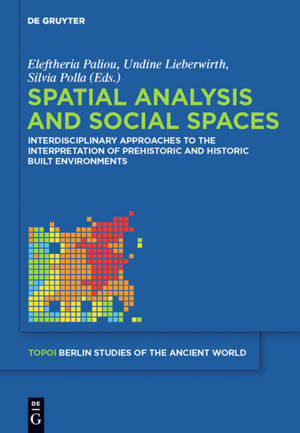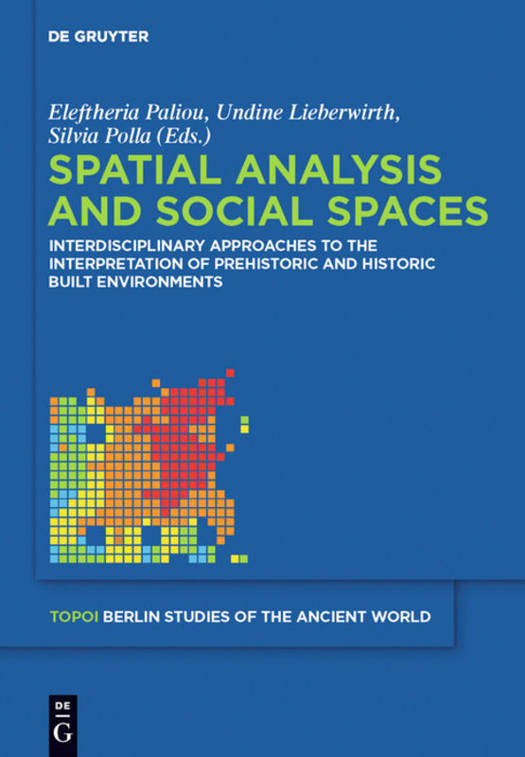
- Afhalen na 1 uur in een winkel met voorraad
- Gratis thuislevering in België vanaf € 30
- Ruim aanbod met 7 miljoen producten
- Afhalen na 1 uur in een winkel met voorraad
- Gratis thuislevering in België vanaf € 30
- Ruim aanbod met 7 miljoen producten
Spatial Analysis and Social Spaces
Interdisciplinary Approaches to the Interpretation of Prehistoric and Historic Built Environments
Omschrijving
In the past decade a range of formal spatial analysis methods has been developed for the study of human engagement, experience and socialisation within the built environment. Many, although not all, of these emanate from the fields of architectural and urban studies, and draw upon social theories of space that lay emphasis on the role of visibility, movement, and accessibility in the built environment. These approaches are now gaining in popularity among researchers of prehistoric and historic built spaces and are given increasingly more weight in the interpretation of past urban environments.
Spatial Analysis and Social Spaces brings together contributions from specialists in archaeology, social theory, and urban planning who explore the theoretical and methodological frameworks associated with the application of new and established spatial analysis methods in past built environments. The focus is mainly on more recent computer-based approaches and on techniques such as access analysis, visibility graph analysis, isovist analysis, agent-based models of pedestrian movement, and 3D visibility approaches. The contributors to this volume examine the relationship between space and social life from many different perspectives, and provide illuminating examples from the archaeology of Greece, Italy and Cyprus, in which intra-site analysis offers valuable insights into the built spaces and societies under study.
Specificaties
Betrokkenen
- Uitgeverij:
Inhoud
- Aantal bladzijden:
- 328
- Taal:
- Engels
- Reeks:
- Reeksnummer:
- nr. 18
Eigenschappen
- Productcode (EAN):
- 9783110265941
- Verschijningsdatum:
- 17/03/2014
- Uitvoering:
- Hardcover
- Formaat:
- Genaaid
- Afmetingen:
- 175 mm x 244 mm
- Gewicht:
- 748 g

Alleen bij Standaard Boekhandel
Beoordelingen
We publiceren alleen reviews die voldoen aan de voorwaarden voor reviews. Bekijk onze voorwaarden voor reviews.










